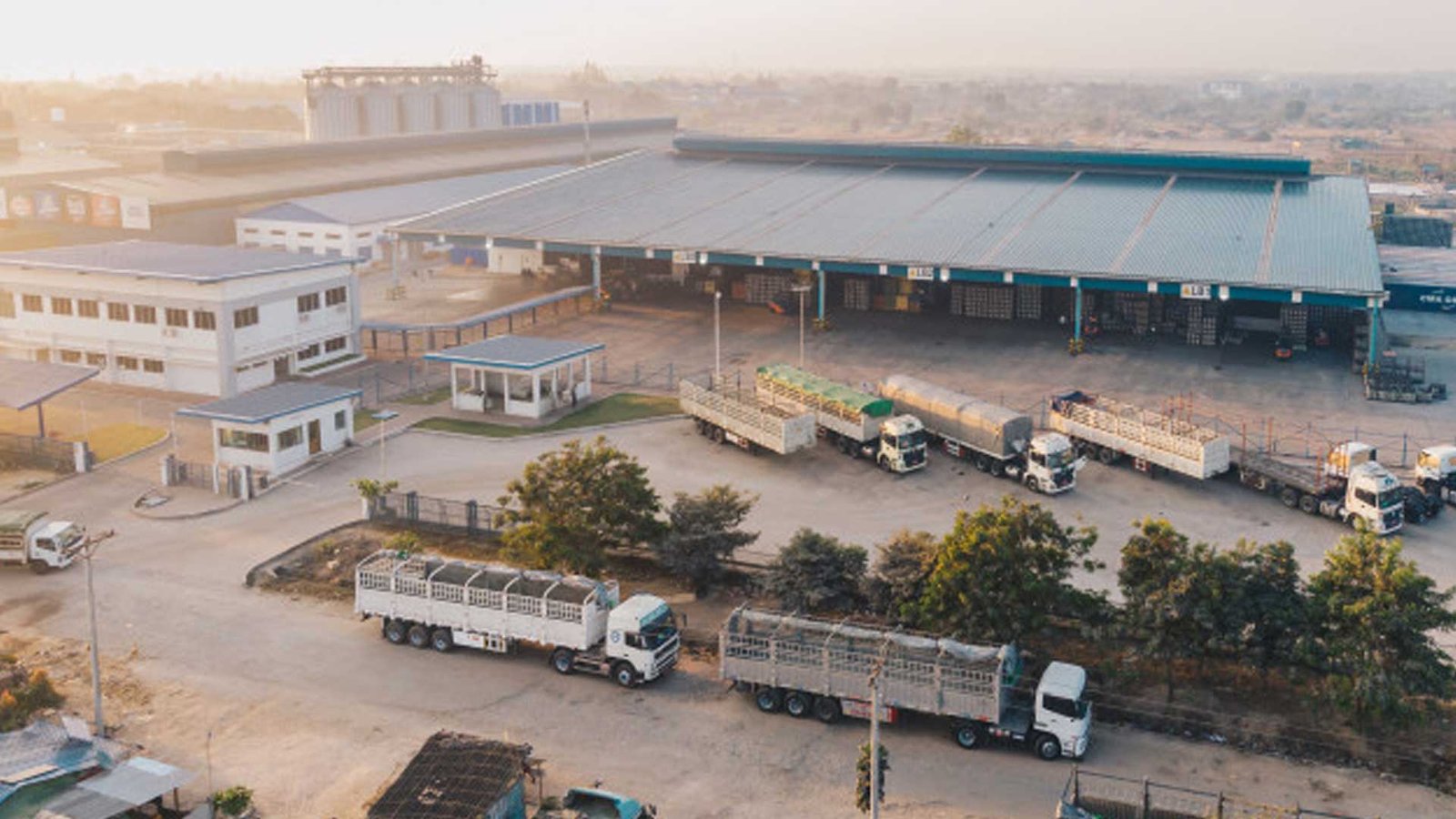Sid Nair, Head of Product Management & UX at Teletrac Navman, AI-powered fleet management on how telematics 2.0 is driving operational efficiencies
Imagine you walk into your dispatch office and see that your vehicle has broken down, your driver is running out of available hours, and inclement weather is delaying your next delivery. As the fleet manager, you now have to decide how best to handle this perilous situation. You have relied on disparate data sources to get ahead of the problem, but still, you struggle for insights that can drive good decisions. Enter Telematics 2.0 – the evolution of telematics.
To solve these issues for fleet and mobile asset managers, telematics will evolve from being a “dot on a map” tracking solution to a digital automation platform that ultimately guides an effective and fast decision-making process. The secret ingredient is artificial intelligence (AI), the programs that process all your data and give you exactly what you need to know in real time.
At its core, there are four steps to get there.
- Awareness: Data comes in many shapes, sizes, sources, and colors. We see the fundamental first step in telematics evolution as “Awareness”, a central data aggregation repository that can collect data from everywhere. Not just GPS tracking on a vehicle, but cameras, people, infrastructure, other vehicles, and much more. With IoT sensors becoming ubiquitous and APIs becoming standardized, we are fast connecting the physical world to digital awareness.Twitter
- Intelligence: What do you do with all this data and awareness? A next step that we had serendipitously fallen into was reporting, alerting, and broadly classified as Business Intelligence (BI). I take this as a “trying to report on the data”, sometimes uncovering things you didn’t know (intelligence) and mostly reinforcing your gut instinct with visible data (bias validation). This solved some problems but didn’t get to the real “Why?” which takes us to the next phase – cognition.
- Cognition: To answer the “Why?” of what happens you need a deeper contextual understanding of the situation. For this, we look beyond the digital signals from a source, and start looking for the intent of an action, layering in external factors, measuring the outcome in different situations, and creating a holistic view of why things happen. This is critical in going from repetitive robotic processes to real automation, where decisions can be made and enacted per the capability, situation, surroundings and time.
- Automation: Automation will transform work. It starts by augmenting your everyday tasks. Today, you – “the operator” – are at the end point of awareness and intelligence and make the final call on every decision. In this phase, we leverage cognitive insights to automate real-time operational decisions and provide deeper insights that may lead to business automation.Twitter
How AI is at Work in Telematics
Each of these phases provides immediate and immense value, and evolves simultaneously.
The ability to connect, synthesize, analyze data at scale is AI at work. Not only does it automate our most mundane and repetitive processes but the instant insights from AI-powered telematics supports decisions that save money and, possibly, lives.
By adopting state-of-the-art programs that can track multiple data sets on all of a fleet’s vehicles, AI-powered telematics platforms can predict what will happen next and empower fleet managers to make the best decisions about pricing, scheduling, routing, and driver accountability. Some of the functions that enable increased safety include:
- Spotting mechanical problems before they arise.
- Recommending secure routes.
- Accurate scheduling to ensure drivers are not overworked
- Dash cams that can detect driver fatigue.
Additionally, the use of highly evolved telematics holds the potential to increase operational efficiency and decrease organizational waste. Between surging insurance prices and rising compliance costs, fleet managers are being squeezed on multiple fronts. With little room to maneuver and grind out a slim margin, many have turned to telematics to ensure operations run as smoothly as possible.
In addition to increased safety, the economic benefits of a data-driven fleet have been the silver bullet for many fleet managers, keeping their businesses successful and growing even during the economic slowdown. Some of the AI-fueled efficiencies are as follows:
- Smart routing and auto-calculated pricing that’s quoted according to likely future resources and logistics, such as traffic patterns and driver/asset availability.
- Predicted fuel usage based multiple data sets, including driver behaviors, altitudes and vehicle conditions.
- Holding drivers accountable by comparing their delivery times to other metrics and watching behaviors in real time through AI cameras inside the cabins
In conclusion, cloud-based telematics platforms that are built on an artificial intelligence foundation hold the key to our transportation future. There is an immediate need for this technology in the fleet management space, and by adding data sets and tweaking algorithms fleets can only get smarter, safer and more efficient over time.
This is a culmination of a technological evolution that will guide our fleet management decisions today and many years from now.
Visit AITechPark for cutting-edge Tech Trends around AI, ML, Cybersecurity, along with AITech News, and timely updates from industry professionals!

